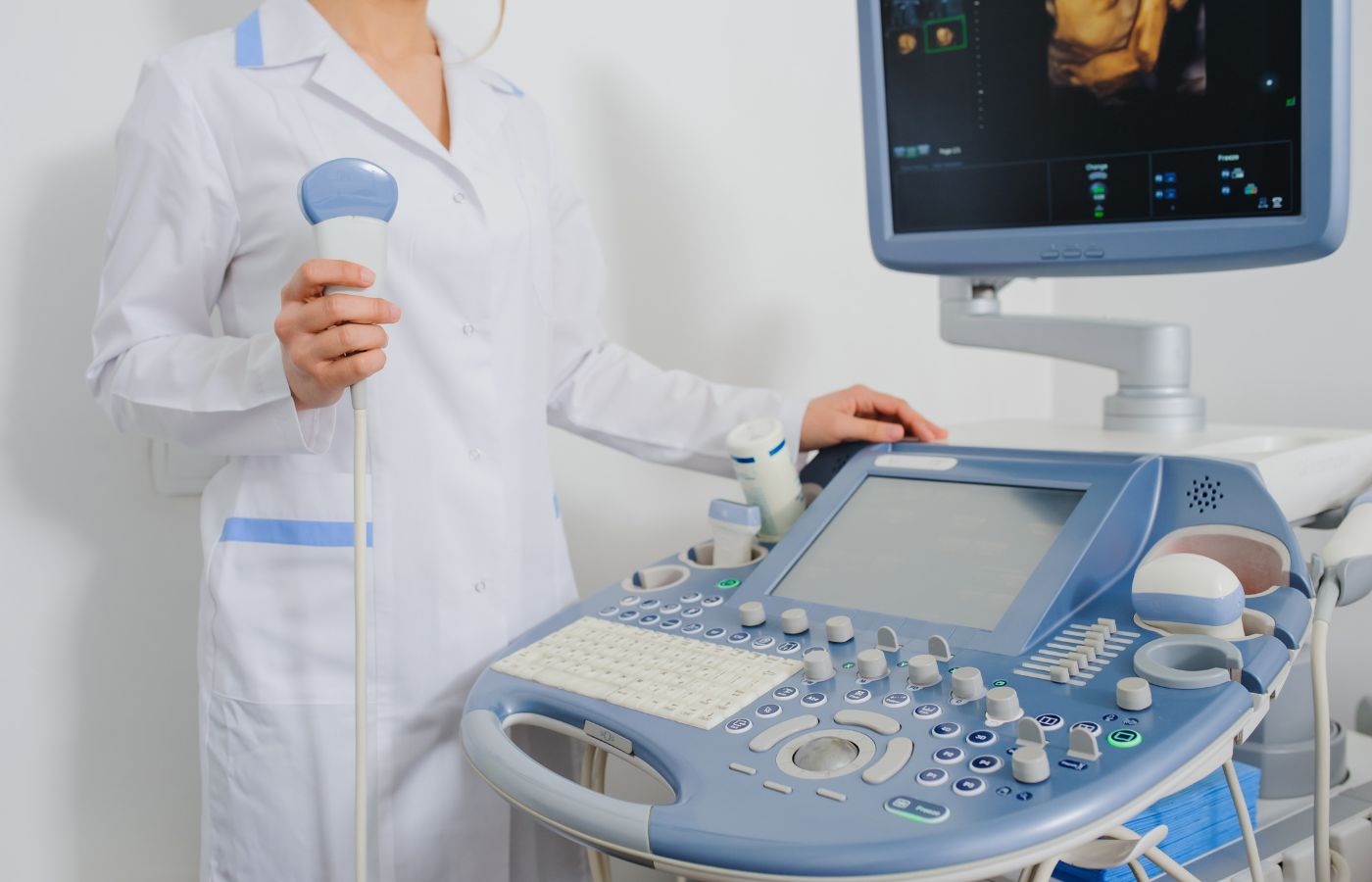
Prenatal care has significantly advanced over the years, with ultrasound technology playing a pivotal role in monitoring fetal development. Among the various ultrasound procedures, the anomaly scan—also known as the fetal anomaly scan, ultrasound pregnancy scan, or fetal ultrasound—is crucial in assessing the health and development of the fetus. This comprehensive examination is typically performed between 18 and 22 weeks of pregnancy and is instrumental in detecting structural abnormalities that could affect the baby's health.
An anomaly scan is a detailed fetal ultrasound conducted during the second trimester of pregnancy. Unlike early ultrasounds that confirm pregnancy and estimate gestational age, the anomaly scan focuses on a thorough examination of the fetus's anatomy. It assesses the development of vital organs and structures, including the brain, heart, spine, kidneys, and limbs. Additionally, it evaluates the placenta's position, amniotic fluid levels, and umbilical cord placement, providing a comprehensive overview of the pregnancy's progress.
The primary purpose of the anomaly scan is to detect any structural abnormalities in the developing fetus. Early identification of such anomalies allows healthcare providers and expectant parents to make informed decisions regarding further testing, interventions, or preparations for special care needs after birth. Some of the conditions that can be detected during this scan include:
Such as spina bifida.
Like cleft lip and palate.
Including serious heart abnormalities.
Such as gastroschisis and exomphalos.
Like bilateral renal agenesis.
Including severe forms affecting limb development.
Indicators of conditions like Edwards' syndrome (trisomy 18) and Patau's syndrome
While the anomaly scan provides valuable information, it's important to note that not all abnormalities can be detected, and some findings may require further evaluation through additional tests or specialist consultations.
Undergoing an anomaly scan is a non-invasive and painless procedure. During the scan:
In some cases, if the fetus is not in an optimal position, you may be asked to move around or return for a repeat scan to obtain clearer images.
Ultrasound scans, including the anomaly scan, are considered safe for both the mother and the fetus when performed by trained professionals. They use sound waves to create images and do not involve radiation exposure. The reliability of the scan in detecting abnormalities depends on various factors, including the fetus's position, the mother's body habitus, and the equipment's quality. While the anomaly scan can identify many significant anomalies, it's not infallible, and some conditions may not be apparent until later in pregnancy or after birth.
Selecting a reputable diagnostic center is crucial for obtaining accurate and comprehensive results from your anomaly scan. Centers equipped with advanced ultrasound technology and staffed by experienced sonographers and radiologists can provide detailed assessments and timely reporting.
The anomaly scan is a vital component of prenatal care, offering invaluable insights into the fetus's development and detecting potential abnormalities early in the pregnancy. By identifying issues at this stage, healthcare providers can plan appropriate interventions, and parents can prepare for any special care their baby might need. Regular prenatal check-ups, including the anomaly scan, contribute significantly to ensuring the health and well-being of both the mother and the developing baby.